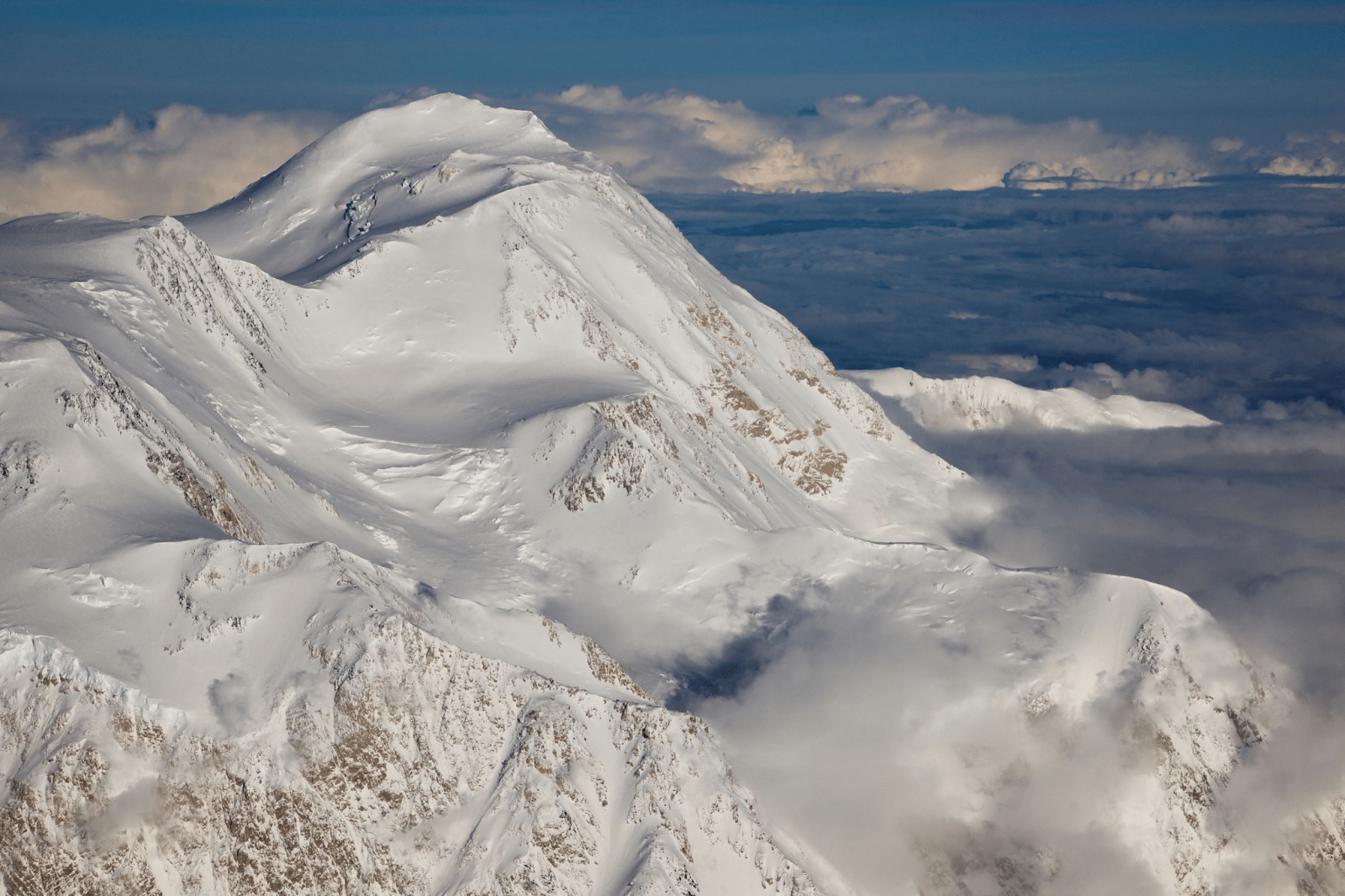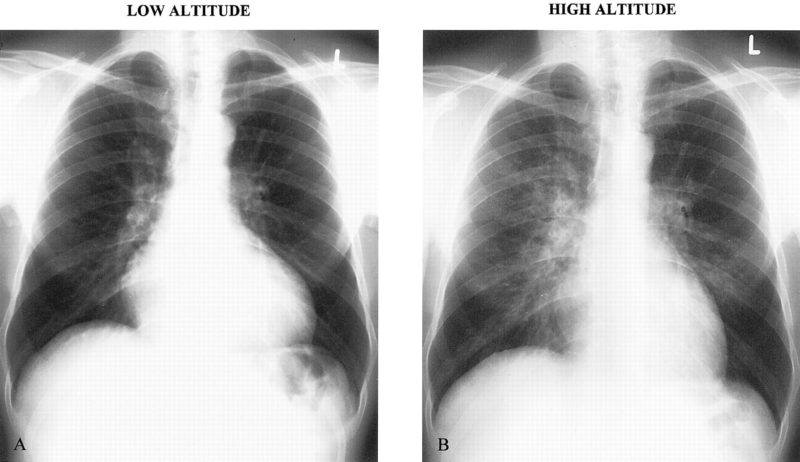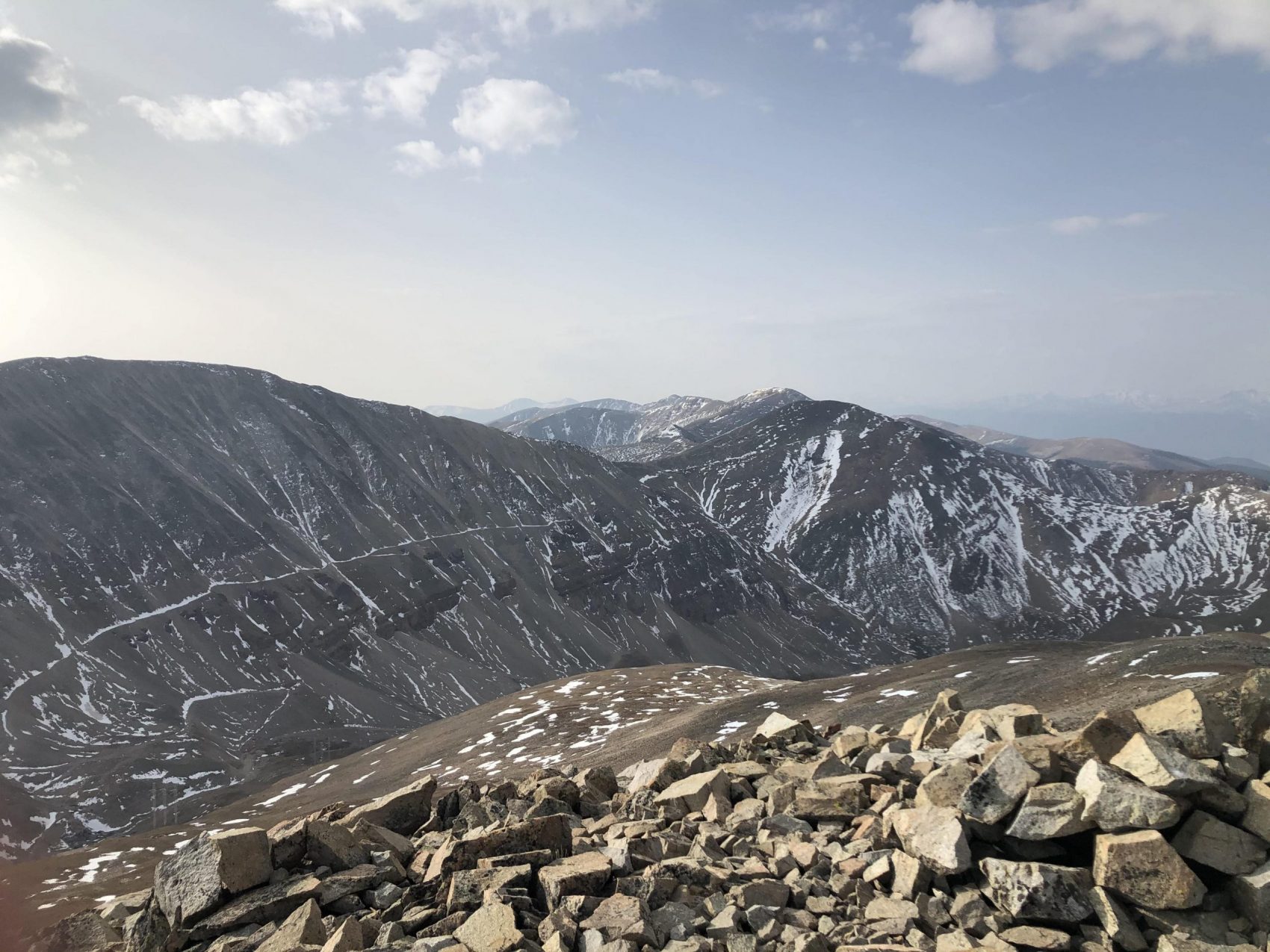
According to a blog post by park rangers of Denali National Park, a sharp uptick in the number of climbers attempting to summit the 20,310-foot park namesake has led to a resurgence of High Altitude Pulmonary Edema. The condition, known as HAPE, most frequently occurs in normally healthy individuals traveling from lower elevations to areas above 8,200 feet, leaving popular mountain destinations such as Breckenridge and Telluride in the danger zone. Everyone from travelers to experienced mountaineers are susceptible to HAPE, which causes fluid buildup in the lungs oftentimes resulting in shortness of breath, extensive fatigue, and death if left untreated. In fact, HAPE remains the leading cause of death related to high-altitude exposure.

The best way to prevent HAPE is to ascend slowly, up to 1,600 feet a day above 10,000 feet, and to incorporate rest days into your trip every three to four days. If you or someone you know is experiencing HAPE, the best thing is to quickly descend to a lower altitude. Despite the scary-sounding symptoms associated with the condition, swift descent coupled with medical care resolves virtually all cases. Descending, however, can be difficult in an environment such as Denali, where climbing space and time are at a premium due to the rush of people attempting to gain the summit. The pressure to climb higher and faster has already spurred multiple search and rescue missions to help save climbers suffering from HAPE.
“Please do not underestimate conditions, take the time to acclimatize and do not ascend too quickly. We have already had several search and rescue events related to HAPE this year.” –NPS blog post
Even for those of us not summiting Denali HAPE remains a concern, for example about 1 in 10,000 skiers who travel to moderate altitudes in Colorado develop the condition. However, by simply taking time to adjust to the altitude of new environments and easing into physical exertion alpine adventurers can ensure that they will be ready to tackle their next outing HAPE-free!
